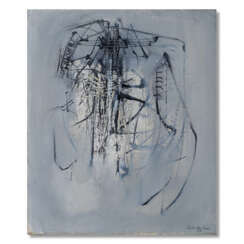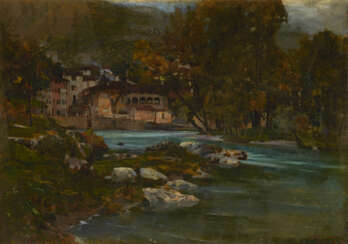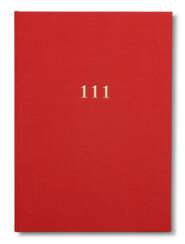genova


Gioacchino Assereto was a prominent Italian Baroque painter, celebrated for his dramatic and emotionally charged works that often depicted religious and historical subjects. Born in Genoa in 1600, Assereto's early career was marked by his apprenticeship with Luciano Borzone and Giovanni Andrea Ansaldo, which laid the foundation for his development as an artist. His paintings are known for their vibrant light effects and dynamic compositions, a style significantly influenced by Caravaggio during Assereto's brief visit to Rome in 1639. This influence is evident in his masterful use of chiaroscuro and sfumato techniques, which added depth and realism to his works.
Assereto's oeuvre includes powerful pieces like "The Lamentation," notable for its intense shadows and dramatic portrayal of Christ's body, and "The Torture of Prometheus," a work that showcases his later years' shift towards more emotional and theatrical compositions. His "Death of Cato" and "Ecce Homo" further illustrate this evolution, moving from refined styles to bold, expressive techniques that emphasize violent emotions through the dramatic effects of light.
Throughout his career, Assereto's works were highly regarded, with contemporary Genoese biographer Raffaele Soprani praising him as incomparable. His paintings can be found in significant collections, including the Musei di Strada Nuova in Genoa, the Cummer Museum of Art and Gardens, and the National Gallery in London. Assereto's legacy extends beyond his lifetime, with his son Giuseppe Assereto and others producing many copies of his work, ensuring the endurance of his artistic influence.
For art collectors and experts, Assereto's work embodies the Baroque spirit with its emotional intensity and technical mastery. His ability to convey deep psychological tension and his innovative use of lighting make his paintings a valuable study in the evolution of Baroque art.
If you're passionate about Baroque painting and interested in staying updated on sales and auction events related to Gioacchino Assereto's works, consider signing up for updates. This subscription will ensure you're informed about new opportunities to acquire pieces by this master of the Baroque period, enriching your collection with the depth and drama of Assereto's art.


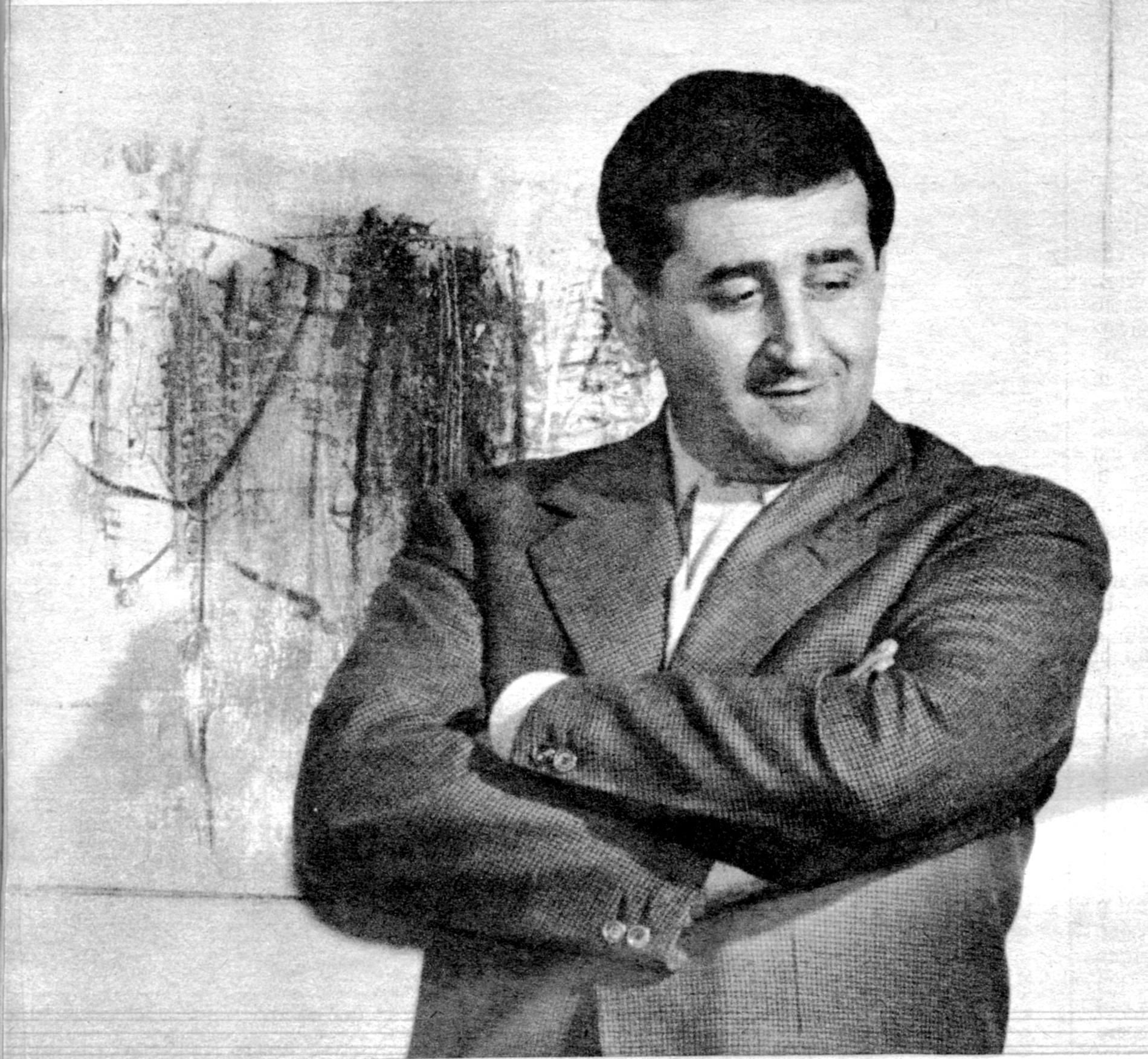
Emilio Scanavino is an Italian painter and sculptor.
Scanavino's initial interest in figurative art and post-cubism later morphed and became closer to abstract expressionism.

.jpg)


Emilio Scanavino is an Italian painter and sculptor.
Scanavino's initial interest in figurative art and post-cubism later morphed and became closer to abstract expressionism.


Emilio Scanavino is an Italian painter and sculptor.
Scanavino's initial interest in figurative art and post-cubism later morphed and became closer to abstract expressionism.


Giulio Paolini is an Italian artist associated with both Arte Povera and Conceptual Art.


Giulio Cesare Procaccini was an illustrious Italian painter and sculptor of the Baroque period, celebrated for his dynamic and expressive works. Born in Bologna and later moving to Milan, Procaccini's artistry was deeply influenced by the emotional intensity of Mannerism and the vibrant colorism of Venetian painting, signaling the dawn of the Baroque era.
Procaccini's oeuvre includes significant altarpieces such as the "Circumcision" now in the Galleria Estense in Modena, and the "Last Supper" for the Basilica della Santissima Annunziata del Vastato in Genoa. His collaboration with artists like Giovanni Battista Crespi and Pier Francesco Mazzucchelli under the patronage of Cardinal Federico Borromeo highlighted his pivotal role in the Milanese art scene. Moreover, Procaccini's "Ecce Homo" at the Dallas Museum of Art and "The Agony in the Garden" at the Prado Museum in Madrid exemplify his mastery in depicting religious narratives with profound emotion and technical sophistication.
Procaccini's journey through the art world was marked by his initial work as a sculptor, later transitioning to painting, where he left a lasting legacy. Commissioned to paint scenes commemorating the life of Cardinal Carlo Borromeo in Milan Cathedral, his style evolved to exhibit increased clarity and a brighter palette, indicative of his maturation as an artist. His exposure to the works of Rubens and his travels across Italy allowed him to absorb and reinterpret the stylistic elements of Caravaggio, Correggio, and Parmigianino, enriching his own artistic language.
Though not represented in London's National Gallery, Procaccini's paintings grace collections across Europe and beyond, with notable works in the north of England, including "The Mocking of Christ" at Museums Sheffield and "The Raising of the Cross" at the National Galleries of Scotland. These pieces demonstrate his skillful use of color and ability to convey the physical and emotional weight of biblical stories.
For collectors and experts in art and antiques, Giulio Cesare Procaccini represents a fascinating study in the transition from Mannerism to Baroque, embodying the emotional depth and innovative spirit of early 17th-century Italian art. His contributions to the Baroque period remain a testament to his versatility and enduring appeal.
For updates on new discoveries, sales, and auction events related to Giulio Cesare Procaccini, consider signing up for relevant newsletters or alerts. This ensures that enthusiasts and collectors alike are well-informed about the latest opportunities to engage with the magnificent art of Procaccini.




Alighiero Fabrizio Boetti, known as Alighiero e Boetti, was an Italian conceptual artist, considered to be a member of the art movement Arte Povera.
Perhaps best known is Boetti's series of large embroidered maps of the world, called simply Mappa.
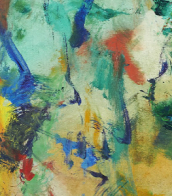


![[GENOVA] - FRANSONE, Agostino (1573-1658) - Nobiltà di Genova di Agostino Fransone del fu Tomaso nobile genovese all'ill.mo & ecc.mo signor prencipe Doria. Genoa: Giovanni Calenzano e Giovanni Maria Farroni, 1636.](/assets/image/picture_1242390/8d79d/0ynlohflkq0w4qpe0rbp2lukkqn6t1uh-hp1xxqs7twmjztjrvk-bqtuphyel8zj1608651686jpg__fix_374_244.jpeg)
![[GENOVA] - FRANSONE, Agostino (1573-1658) - Nobiltà di Genova di Agostino Fransone del fu Tomaso nobile genovese all'ill.mo & ecc.mo signor prencipe Doria. Genoa: Giovanni Calenzano e Giovanni Maria Farroni, 1636.](https://veryimportantlot.com/assets/image/picture_1242390/8d79d/0ynlohflkq0w4qpe0rbp2lukkqn6t1uh-hp1xxqs7twmjztjrvk-bqtuphyel8zj1608651686jpg__fix_374_244.jpeg)









![[GENOVA] - La cronique de Gennes avec la totalle description de toute ytallie](/assets/image/picture_942560/b632b/fs4fzjyqm56pqxpxsek1qhtctjfpocemgdtiskavwfwgprissz6u17jyumwidvki1596201884jpg__fix_374_244.jpeg)
![[GENOVA] - La cronique de Gennes avec la totalle description de toute ytallie](https://veryimportantlot.com/assets/image/picture_942560/b632b/fs4fzjyqm56pqxpxsek1qhtctjfpocemgdtiskavwfwgprissz6u17jyumwidvki1596201884jpg__fix_374_244.jpeg)















